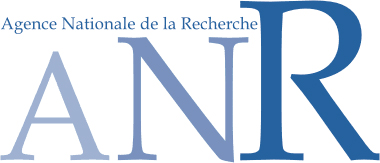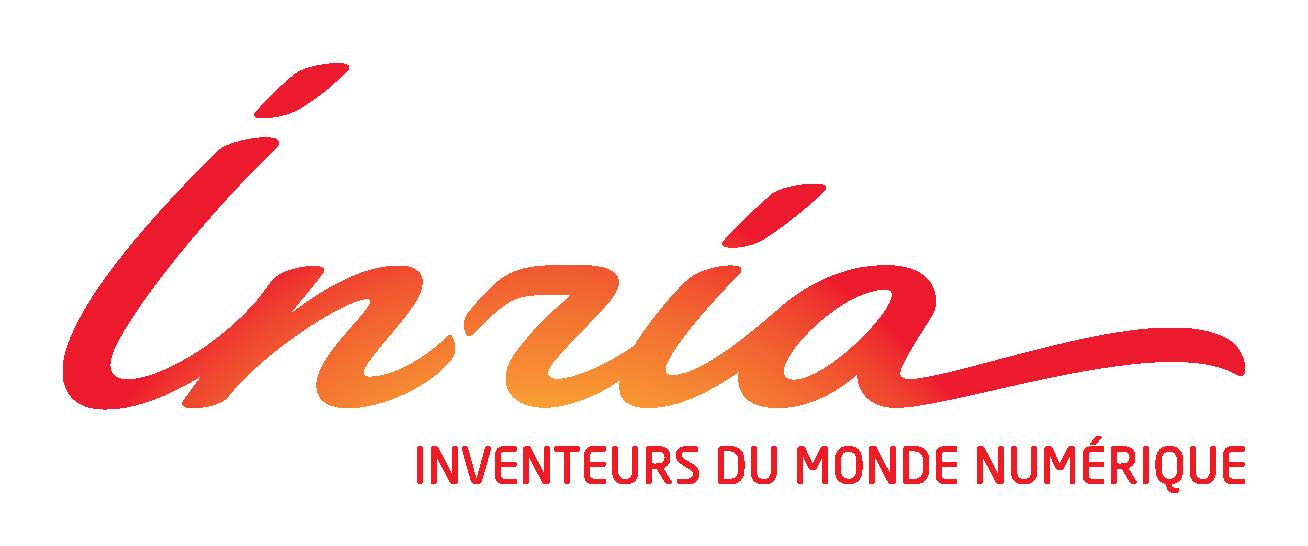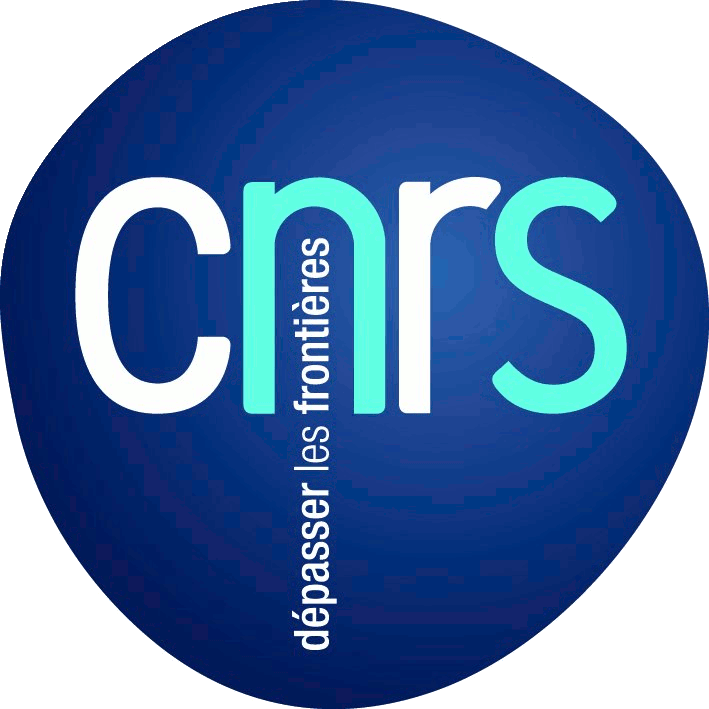ObjectivesStatic complexity analysis aims at providing methods for determining how many computational resources (time units, memory cells) will be required by a program for its execution. Although this task subsumes, in general, a well known undecidable problem, it is possible to devise sound methods covering a large number of cases, including, if possible, those found in practice. The aim of the Elica project is to develop logical methods for static complexity analysis, improve their expressiveness and extend their application to non-deterministic and concurrent programming paradigms. Logic-based tools, in particular of proof theoretic origin, have proved to be of capital importance for static complexity analysis. Criteria guaranteeing complexity bounds have been formulated (some by prospective participants to the Elica project) using structural restrictions of the lambda-calculus, subsystems of linear logic in which cut-elimination has a limited complexity, type systems for functional languages, and semantic methods (polynomial interpretations and denotational semantics). These methods do not give precise bounds on the complexity of programs, but they have the advantage of being modular and of producing easily verifiable certificates. However, these methods currently apply only to a restricted range of programming languages, mostly of functional nature. Even in the functional case, the criteria are unsatisfactory in terms of expressiveness, i.e., with respect to the number of practical programs to which they can be applied. The Elica project fixes as objective the development of extant logical methods and the introduction of new ones, in order to:
|








